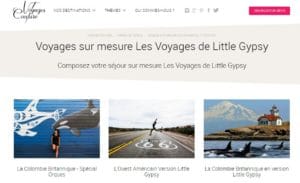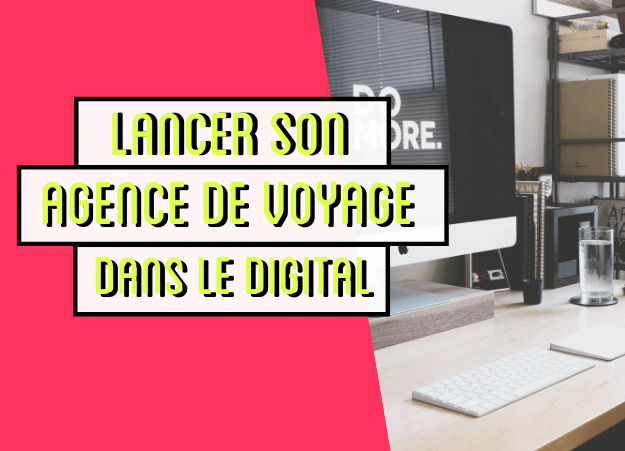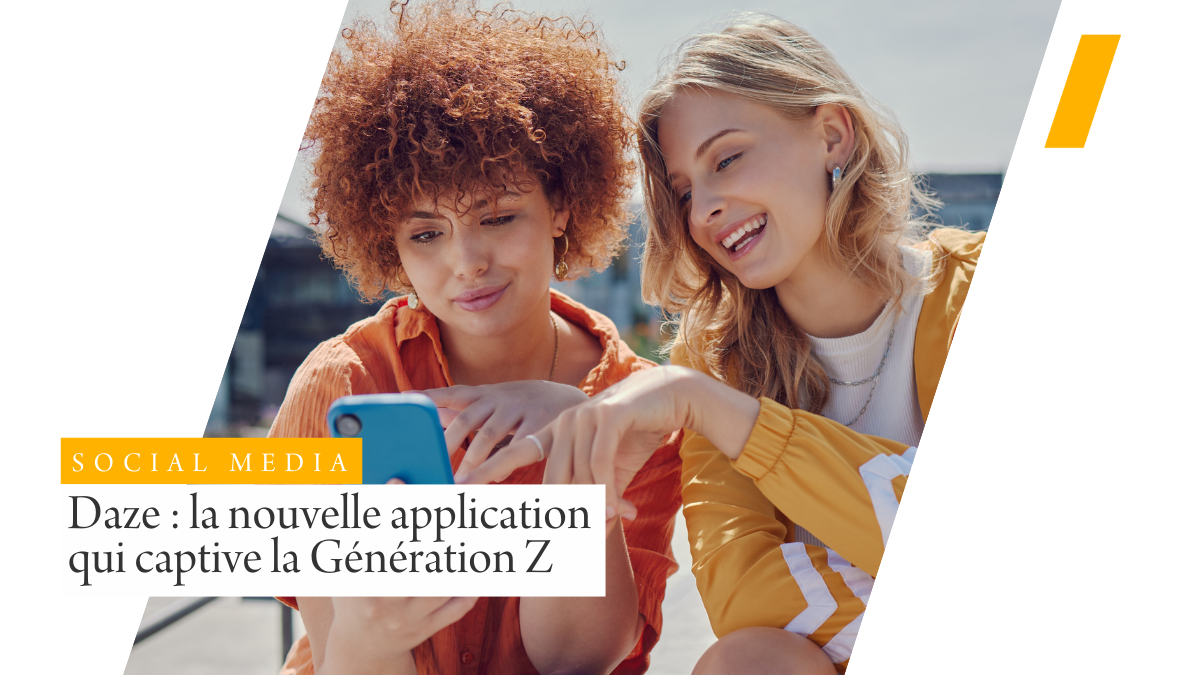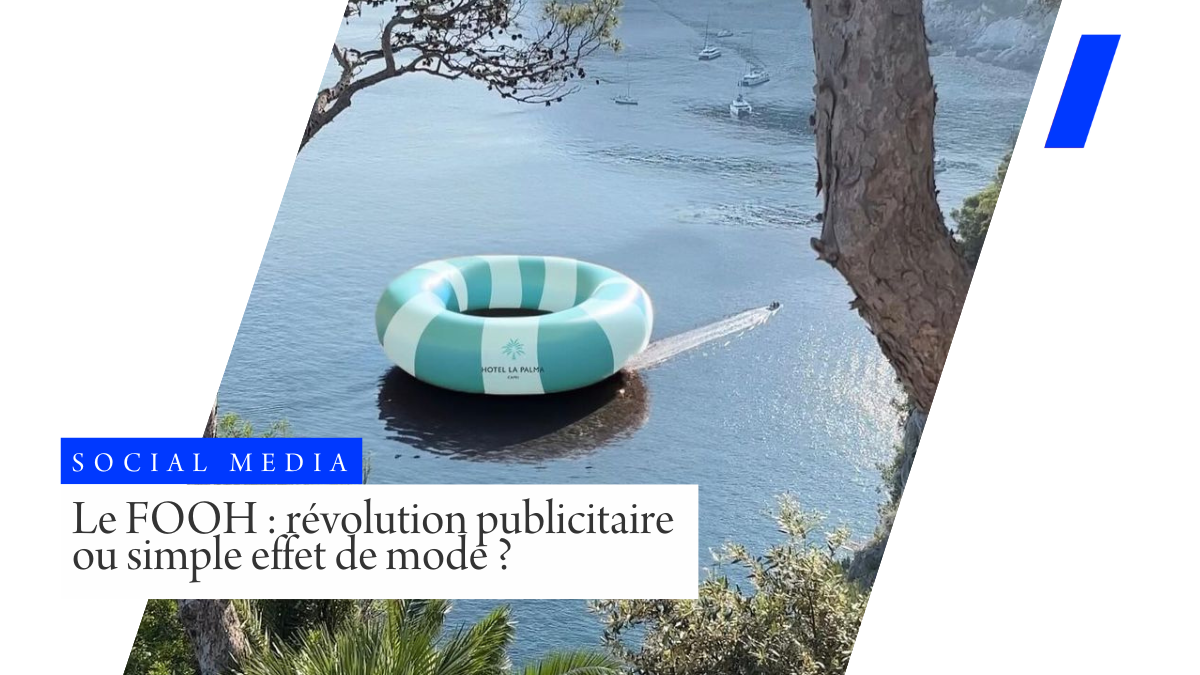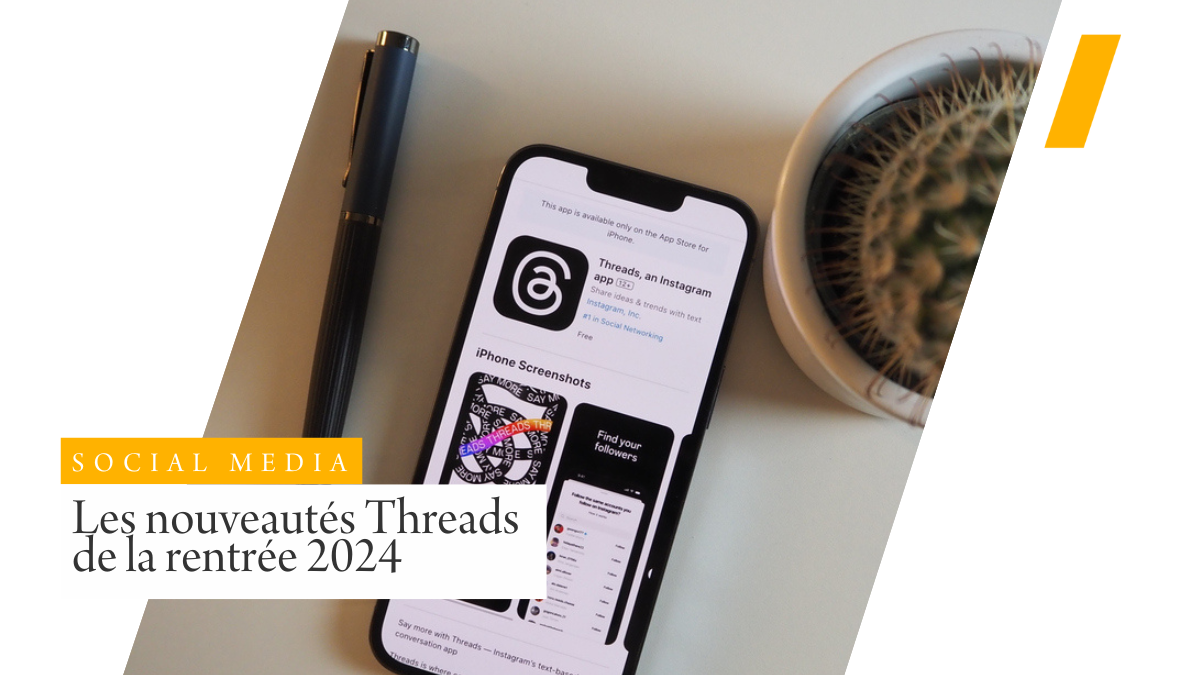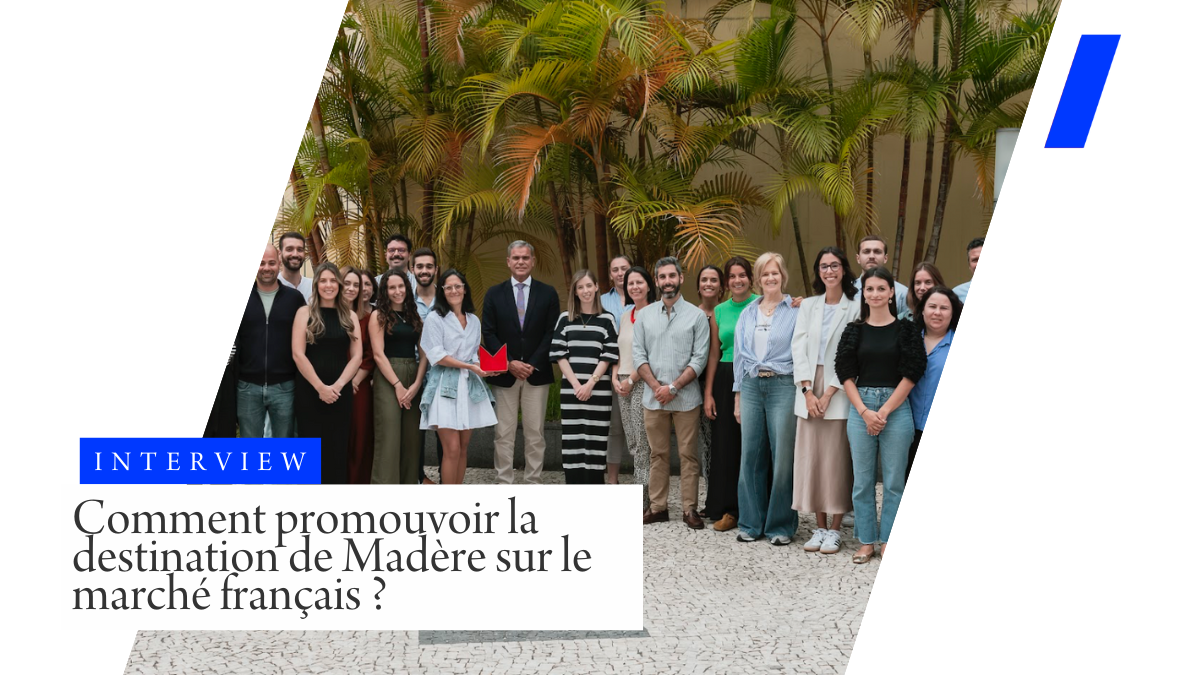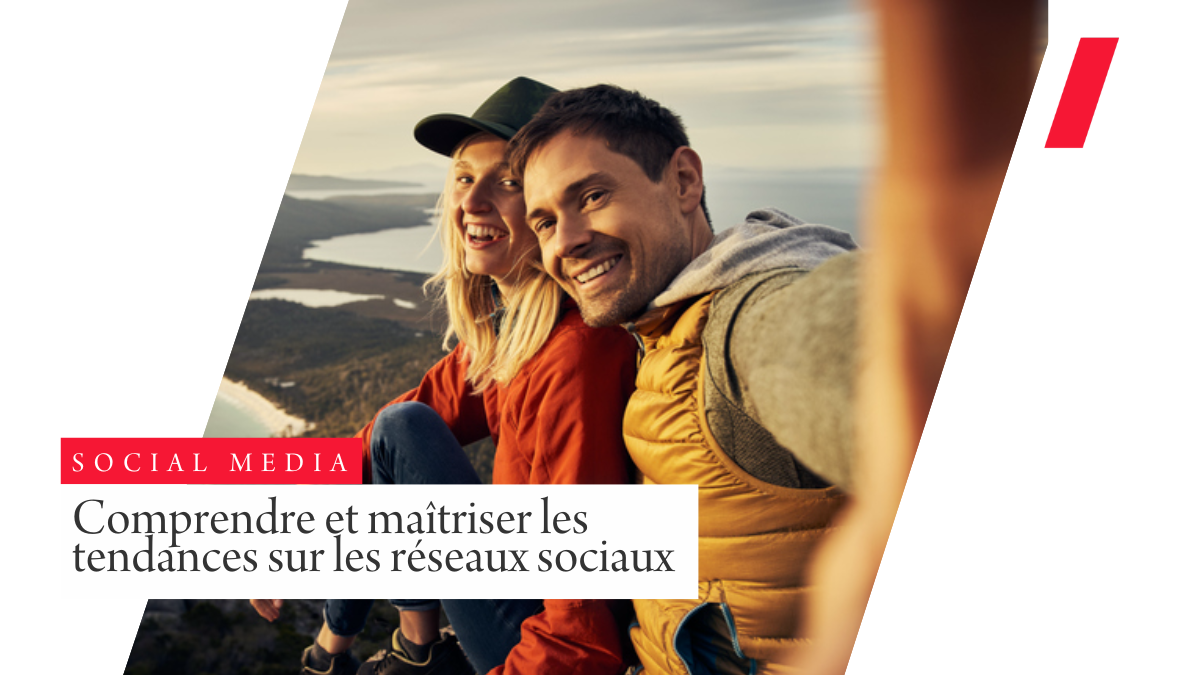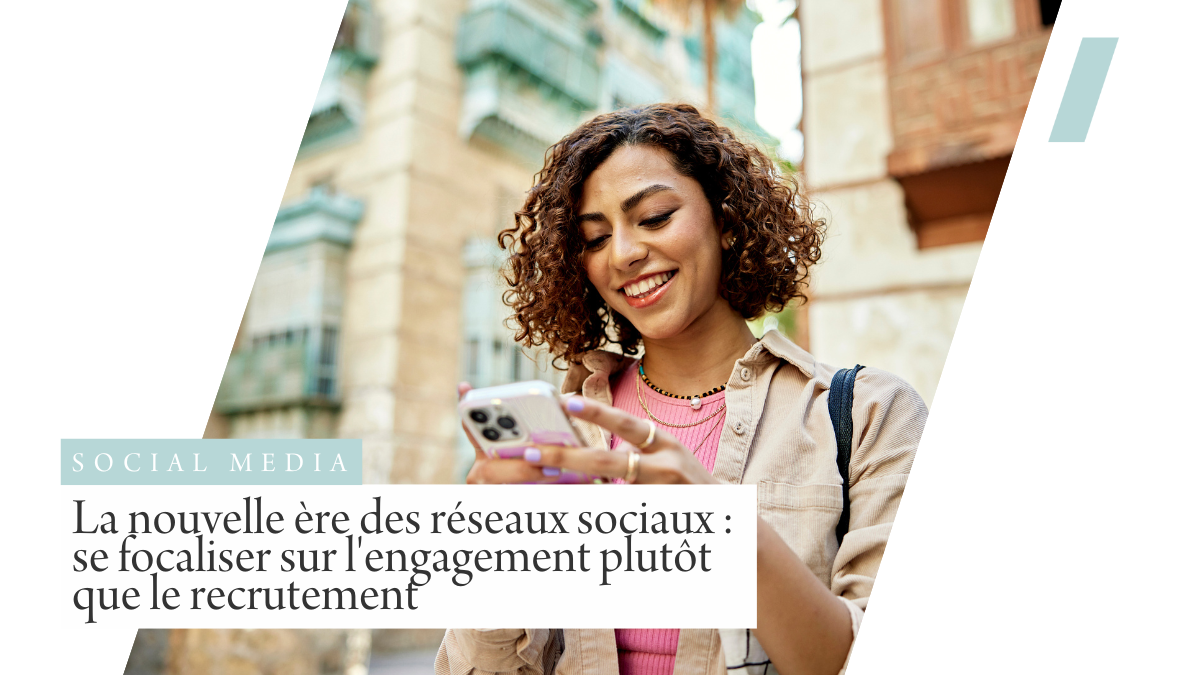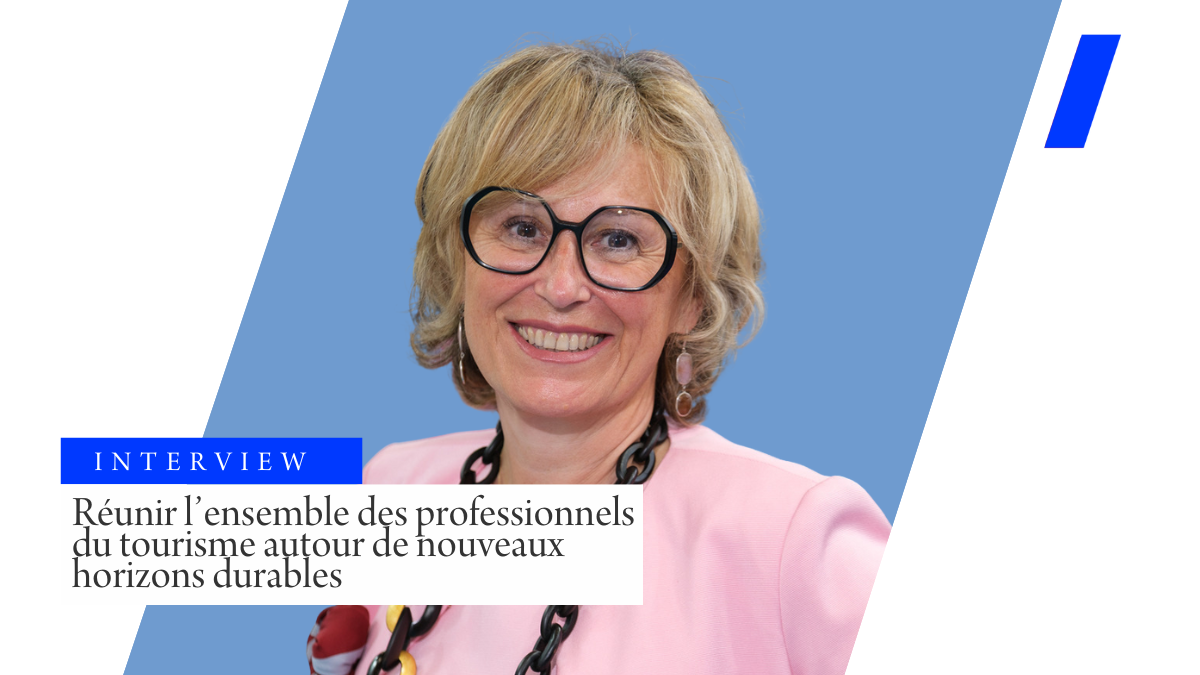The purchasing process for a tourist stay has evolved with the digital revolution.
This has empowered consumers.
Indeed, the abundance of information on the Internet increasingly encourages them to carry out research for their next trip themselves, directly online.
In France, for example, 90% of these searches are carried out online, whether for transport, accommodation or local activities.
It’s fair to say that we’re witnessing a digitization of the purchasing process.
Consequently, it seems essential for travel agencies to go digital in order to meet new consumer expectations and remain competitive in the sector.
A digital transformation includes the construction of a visual identity on the Internet, the creation of a website and also a coherent digital strategy.
Below you’ll find all our advice to help you launch your travel agency on the digital market.
The importance of a visual identity for a travel company :
First of all, let’s recall what an agency’s visual identity represents.
The visual identity will enable a customer or prospect to identify the agency, and it will also enable the agency to convey its values.
In other words, visual identity is the image that is conveyed through graphic communication codes.
The logo is the main element of a company’s visual identity, at the heart of its brand image.
It’s advisable to keep the logo simple, so that it’s easy to recognize and remember. Colors are also essential, as brands with a strong reputation are easily identifiable by their colors alone.
Each color has its own particular symbolism, which you need to pay close attention to.
The third element of a visual identity is the graphic charter, a reference document containing rules for the use of graphic elements.
It is the fundamental support for all communication.
And finally, the typography used must be legible and in keeping with the agency’s personality.
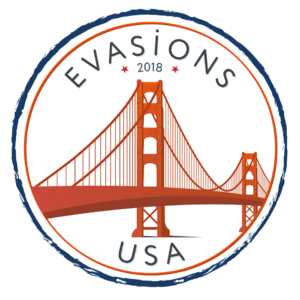
For example, in the case of Evasions USA, atravel agency specializing in the United States, we naturally chose the Golden Gate Bridge, orange, the color of the desert, and blue, the symbolic color of the U.S. flag.
And when you see this logo, we hope you understand the choices?
Visual identity is important for attracting consumer interest and making a good impression. It must reflect the agency’s positioning, vision and activity. But visual identity should not be confused with brand identity, which is made up of name, values and price.
Secondly, the visual identity must be easily recognizable and identifiable to customers, prospects and partners alike.
To achieve this, it must be uniform and retain the same characteristics, whatever the distribution channel. When thinking about your visual identity, you need to ask yourself the right questions: What is my positioning?
Who is my target market?
Who are my competitors?
What values do I want to convey?
It’s important to know that a visual identity has a lifespan of around 10 years, so it’s important to keep up with trends and, where necessary, update it.
Having an attractive, coherent visual identity will play a major role in the success of an agency’s digitalization.
With so many companies expanding into the digital arena, it’s essential to think carefully about your visual identity, to stand out from the competition.
Creating your travel agency’s website
Another point not to be overlooked when launching a digital travel agency is the creation of a website.
For this, you’ll need to set aside a budget in advance for reserving a domain name, or for any management by a webmaster.
The domain name must be easy to spell, and we recommend using the name of your agency.
Creating a website also requires careful thought about the interface, the sections to be proposed and the content.
It goes without saying that we also advise you to use quality photos, a point we feel is essential to making a good first impression.
You need to choose well-designed, high-resolution photos, and there are several royalty-free image banks like Unsplash and Pexels that can help.
Next, you’ll need to choose between a showcase site and a merchant site.
The showcase site will highlight offers and refer interested parties to the team of travel consultants.
The merchant site, on the other hand, will enable direct online purchasing.
At present, we can speak of the “web to store” phenomenon. The French are interested in the fact that they can search for information on the Internet, but still go on site to book their trip.
- In the case of a showcase site for a bespoke travel agency, the best advice we can give you is to use a CMS (content management system that will enable you to manage your website more easily – WordPress is the most widely used CMS) or a bespoke, coded project like Koedia.
- With a CMS you also have the possibility of inserting reservation request technologies such as RegionDo or availability technologies such as Infosup.
- In the case of a merchant site, where you want to sell tour operator packages, systems like Speedmedia exist to create your agency’s site in just a few clicks and then open or close your partners’ feeds (if you have a particular specialization, e.g. cruises, the Caribbean, etc.).
In addition, websiteaccessibility is essential to increase traffic and generate conversions.
It’s important to check your website’s display on mobile devices, in particular to ensure that the font size is legible on a mobile screen, so as to provide visitors with the best possible experience.
As for the website’s editorial strategy, it needs to be well thought-out and strong, which will help to reach the desired target and deliver the right message.
Another tip is to keep the navigation of your website on one line, known as a waterline. This will make the site clearer and better organized for your visitors.
Natural referencing to boost your traffic :
Also known as SEO (Search Engine Optimization),effective referencing of your travel agency’s website means optimizing its positioning in the search engine results list.
It’s an indispensable tool that will generate more traffic, visibility and sales for your travel agency’s website.
Search Engine Optimization (SEO) is free, unlike Search Engine Advertising (SEA), which uses sponsored links and Google Adwords.
There are a number of ways to optimize SEO, including using relevant keywords, optimizing titles and subtitles, writing unique articles and inserting photos and links.
Make sure that the indexing of your pages is not blocked, and that the META Title tag of all your pages does not exceed 65 characters.
META description tags should be between 70 and 320 characters long.
As for your URLs, they should remain comprehensible and not exceed 115 characters.
However, for optimum SEO performance, it’s advisable to call on the services of an SEO expert.
Mastering SEO requires marketing skills to choose strategic keywords, technical knowledge of website structure and optimization, and writing skills to propose original content that stands out from the competition.
The aim is to provide a good user experience and move the page up in the results, thereby increasing incoming traffic and lowering acquisition costs, which is why the construction of your travel agency’s website and your content must be thought through from the outset as optimized for SEO!
A few simple basics for creating a page, article or product sheet:
- Structured content: 550-word titles and qualified content
Your content :
- Title 1: The general content of your page
- A description of the content of your page (e.g. a destination or the overall travel experience you offer)
- Title 2: One or more specific contents
- A description of this content
- Customized keywords and expressions to discover your trips (Travel to / in … , discover the region of … , )
- Think like a web surfer: If you were in his shoes, what would you be looking for?
- Think about using long-tail keywords: Have you thought about focusing on wildebeest migration periods on your product sheets?
What to see and do off the beaten track in the destinations you offer?
Highlighting what you alone offer?
Links :
- External link (outside your site) for 2 internal links (to your offers and pages)
Your page photos :
- Photos: 3 to 6 high-quality photos (but don’t forget that they need to be light to ensure fast display!).
- Beautiful HD photos of your offers in harmony with your page can be found on Unsplash and Pexels!
- Renamed according to the keywords of the offer in question to move up in Google Images.
Avoid having a photo named “JPEG564218.jpeg” but rather “voyage-Kenya-gnous-Nairobi.jpeg”.
Don’t forget Google My Business:
According to the Raffour Interactif barometer for Opodo, 77% of French people consult websites to prepare their holiday.
1 out of 2 French people have booked and paid for part of their holiday online.
A Google My Business listing helps you gain visibility for local searches. This page will be displayed in the top right-hand corner, along with your address, and will enable you to gain visibility for searches that users may make.
For example, a user living in Béziers will be able to see you (if you’re in Béziers) in their search results when they search for “travel agency”, because today Google geolocates its users and brings up the most relevant results that are nearby.
As can be seen from the Google search “Agence de voyage sur mesure Aix-en-Provence”, theMivoyagi travel agency appears at the top of the search engine results.
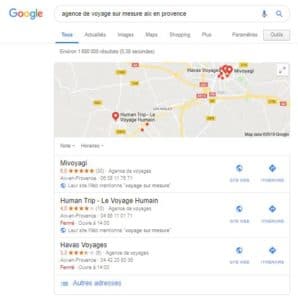
Social networks to generate traffic and sales for your travel agency:
It’s now essential for a travel agency to be present on social networks and to manage them well. Facebook, Twitter and Instagram are communication platforms with enormous potential. Over the past 10 years, they have experienced exponential growth.
Their main advantage?
Proximity: communication has become two-way and interactive.
The customer has the opportunity to respond, express an opinion, satisfaction or dissatisfaction.
Social network management is called community management. This encompasses all actions aimed at promoting, making visible, engaging and animating web communication.
The community manager will create relevant social accounts, moderate and respond to comments, establish strategic intelligence and measure performance.
The Community Manager, also known as the “CM”, is there to create content and stories, and to promote a product’s identity in a variety of ways, often using storytelling skills.
This is what Travel-Insight’s community managers do, managing the social networking pages of travel agencies Pourchkine-Tours and Nordiska, for example.
Community Management has become a profession in its own right, requiring both strategic and operational thinking.
Managing social networks requires precise expertise and time.
You need to be organized, which is why it’s advisable to set up a clear and precise publication schedule that will contain all upcoming publications on social networks for the month.
In terms of content, it’s advisable, especially in the tourism sector, to use high-quality, inspiring visuals without too many textual elements; what you show should be as neutral as possible while remaining beautiful, we’ll say it’s a “native” photo.
For Instagram, where the visual is paramount, it’s possible to create a harmonious and original feed like that of Pouchkine-tours.
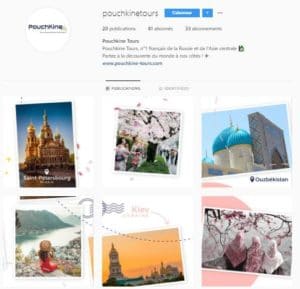
What’s more, you need to boost your communication and maintain constant activity on these media.
Post regularly and interact with Internet users.
Because it’s also up to the agencies to find their customers.
We also advise you to determine which network is right for which target.
It’s important to remember that, depending on your activity and target, not all networks are relevant, especially as you may not have the time to manage everything qualitatively in-house…
If you don’t have enough time to devote to your social networks, you can call on the services of an agency.
In some cases, it may be useful to budget for SMO (Social Media Optmisation), which refers to all the techniques and actions designed to develop the visibility, image and offering of a website or brand on social networks.
The objectives of SMO are to increase awareness of the website and the agency, acquire traffic, generate new leads and refine your customer knowledge.
Social networks also offer two major advantages: lower costs and a significant return on investment.
Just like other webmarketing levers, it’s now easy to analyze the cost of acquiring users via an ad, and then readjust or perfect it until you achieve results that no other lever could achieve: so there’s no mystery about it, most community manager software lets you know the cost of an interaction from your entire audience, a good way to monitor your ROO and demonstrate the effectiveness of your social networks.
Our recommendations for communicating on Facebook:
Regularity: Not too much too soon!
- No more than 3 times a week, so that you don’t over-communicate and end up damaging your image: too commercial, too much travel, or simply too many publications.
The right schedule: When does your community get involved?
- Analyze the times when your publications work best on your audience!
When your subscribers or prospects are in the office, on the bus, or on the couch watching their TV series?
Once you know the best time, all you have to do is post!
Social media animation: Get close to your community
- Do they comment on your publications?
Answer them!
And ask questions!
Liven up the comments and create a close relationship with your prospects, and you’ll be more likely to improve engagement next time!
Content: We say it again!
- Make you dream!
Not too commercial and above all, beautiful photos!
When you see your publication, do you think you might like it if it were someone else?
Links : Bit.ly is your friend!
- Don’t include long links in your presentation text – reduce them!
Keep them short!
Use link reducers!
Work with a travel influencer to boost visibility and sales
A travel influencer is someone who is well known on the web, and particularly on social networks.
These are personalities who share their vision and travel experiences through blog posts, photos or videos.
Their content is a real source of information for anyone planning a future trip.
It can have a significant impact on the purchasing behavior of its audience.
Indeed, travelers are increasingly looking for opinions and feedback before making decisions on a destination, itinerary or accommodation… This is why many tourism companies have turned to travel influencers, who are now considered an indispensable lever of an effective digital strategy.
Establishing a collaboration with an influencer can be very beneficial for promoting a travel agency and improving its brand image with consumers.
The agency will be able to reach the influencer’s community directly, publicize its offers and thus generate more sales.
However, it’s important to be careful when choosing an influencer, and to be wary of fake influencers who buy their audience.
How do you find the perfect influencer for your agency among all the existing profiles?
The aim is for the influencer to be in line with the agency’s values and DNA.
There must be a correlation between the values conveyed by the travel agency and those conveyed by the influencer.
What’s more, the influencer’s community must be consistent with your offer’s target audience.
You also need to take an interest in the community’s consumption habits.
For example, if the influencer is known for sharing bargains and your travel agency targets a clientele with a high standard of living, the two won’t match.
It may also be relevant to study the influencer’s previous collaborations, which will attest to his or her professionalism.
This may involve looking at the quality of the content produced, the engagement generated or the influencer’s creativity.
Final point: Working with a blogger or influencer without a concept and without having thought about how you’re going to convert visibility isn’t worth it. Think carefully about how you’re going to capture and transform this new audience.
The concept between Voyage Couture & Morgane Little Gypsy:
Voyage Couture, a bespoke travel agency based in Marseille, decided to work with influencer Morgane Little Gyspsy to create and accompany trips with her community.
These trips, designed around what Morgane and her community love, enabled them to meet orcas and local populations around the world.
The operation was a real success, generating 3 group trips for 10 people and €100,000 in sales in less than 10 days, in addition to the visibility generated by this communication campaign.
